Field Trips
June 18, 2015
Field Trips
Though we spent most of our five days in Trinidad at the Asa
Wright Nature Center, we did venture out on occasion to visit some other famous
nature sites around the island. These field trips took us out into the
countryside, to the shore and deep in to a mangrove swamp. Each trip was with a
fabulous personal guide supplied by Asa Wright and Caligo Ventures and each one
was special in its own right.
Our first trip was to the Aripo Livestock Station in the
Aripo Valley about 30 minutes from Asa Wright. The government run livestock
station is basically just a wide-open series of fields that are home to a
portion of the nation’s livestock, mostly cattle. The wide-open fields,
criss-crossed with streams and drainage ditches provide a prime habitat for
many of the marsh and open area birds that are found in Trinidad.
There are literally hundreds of birds to be spotted on this
spot, making it a favorite of the birding community. Personally I found the
cattle and friendly dog we saw there just about as interesting, but there were
a number of colorful and supposedly rare birds that were pointed out by our
guide.
Our second stop was at the famed Matura Beach which is one
of the primary beach communities in Trinidad where endangered sea turtles emerge
from the ocean each night during the nesting season to lay their eggs in the
soft sand. Matura Beach is one of the most active in the country and one of the
largest concentration of the rare Leatherback Sea Turtle nests anywhere.
Thankfully the beach, which was once heavily poached for
both turtle eggs and the turtles themselves, is now federally protected and
thanks to the work of the NGO Nature Seekers, the instances of poaching have
dropped to near zero at this beach. Each night during the season, staff and
volunteers from nature seekers scour the beach, identifying nesting turtles and
leading guided tours for tourists to watch the female turtles as they build
their nests. At times, hundreds of turtles come ashore in a single evening and
then there is the very, very rare instance when no turtles nest- which sadly
was the case on our visit. Still it was a lot of fun and very educational and
we certainly plan to return.
Our final field trip away from Asa Wright was to the Caroni
Swamp which is home to the Caroni Bird Sanctuary. The Caroni Swamp is the second largest
mangrove swamp in Trinidad and includes the mangrove ecosystem along with a
large marsh expanse, numerous channels, and brackish and saline lagoons, and
with extensive intertidal mudflats on the seaward side.
The boat tour of the swamp traverses the mangrove channels
where a large variety of birds and wildlife can be seen. The main attraction is
the large nesting colony of one of the National birds of Trinidad the beautiful
Scarlet Ibis. These bright red birds return each evening to their roosts in the
mangroves and we were able to witness the spectacle of thousands of the birds
returning, literally turning the green mangroves into a bright red speckled
panorama.
The field trips were a great way to explore the biodiversity
of the island and to get a better understanding of the rich natural history and
beauty that is found there. I always enjoy being out in the natural environment
and witnessing things like the amazing gathering of scarlet ibis is just
incredible.
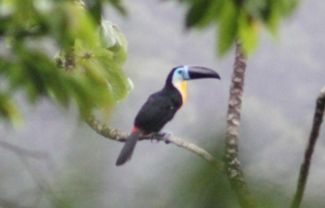
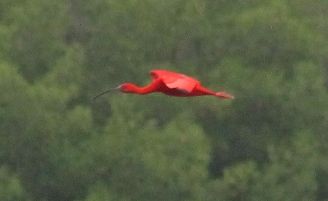



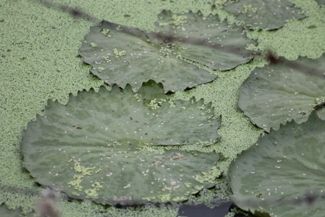
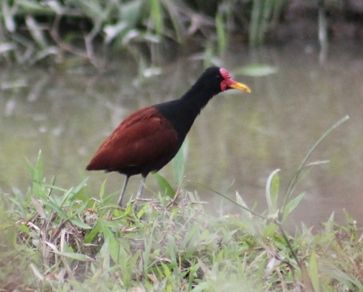
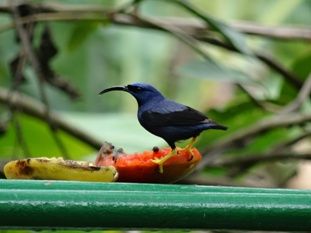
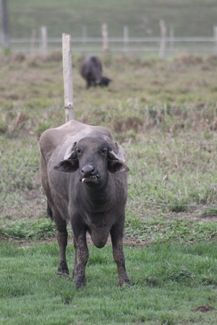
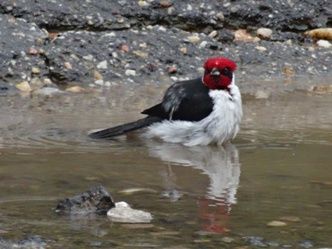
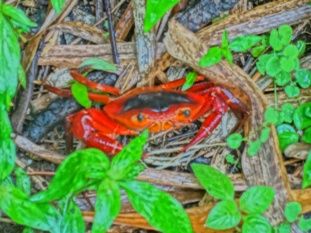
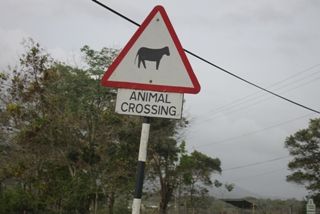
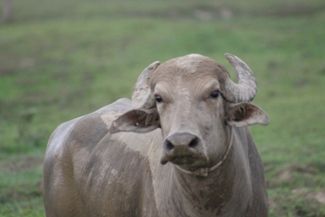

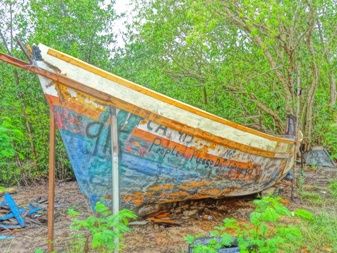
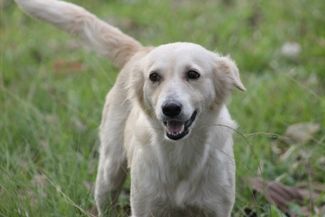

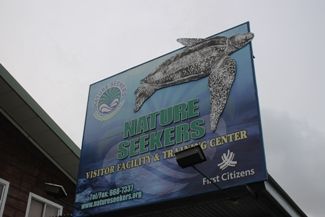
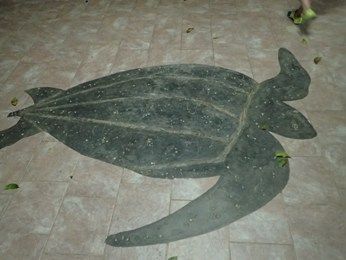

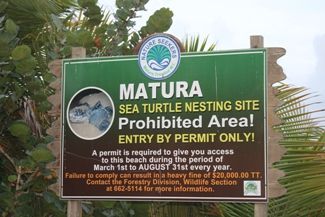
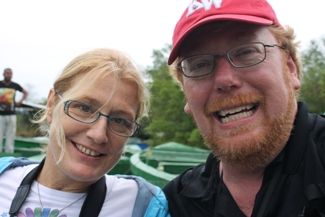
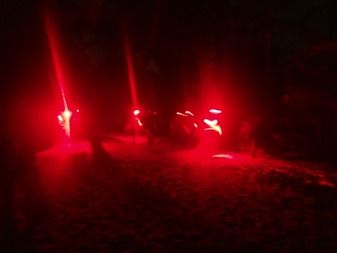
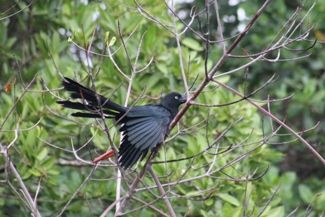
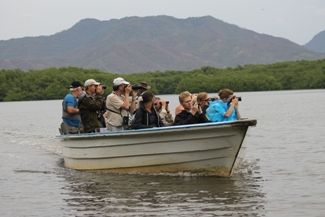

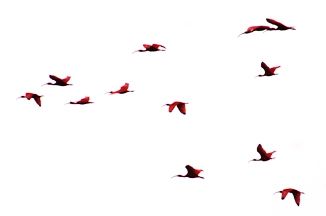
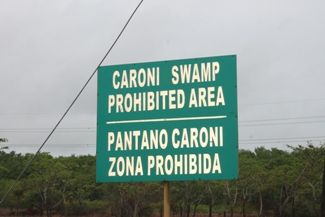


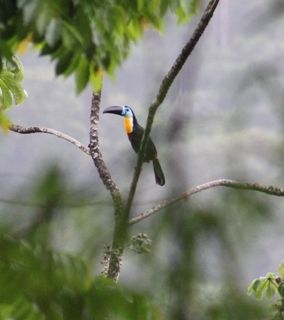
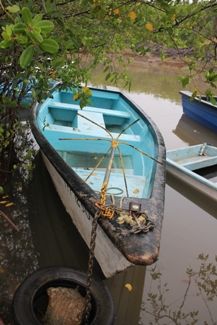

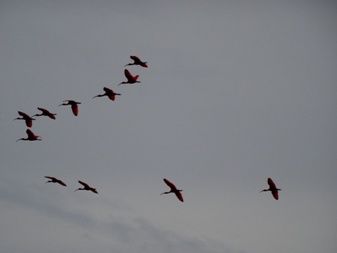
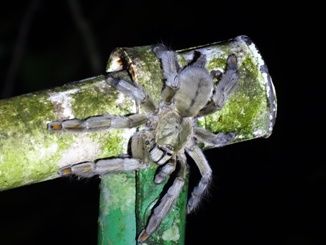

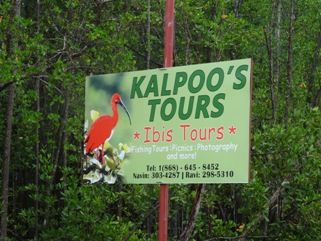
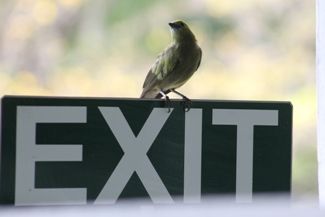
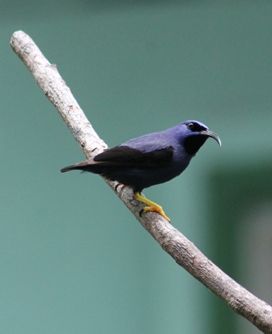
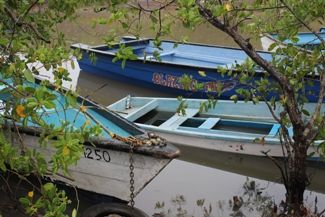


0 Comments:
Post a Comment
<< Home